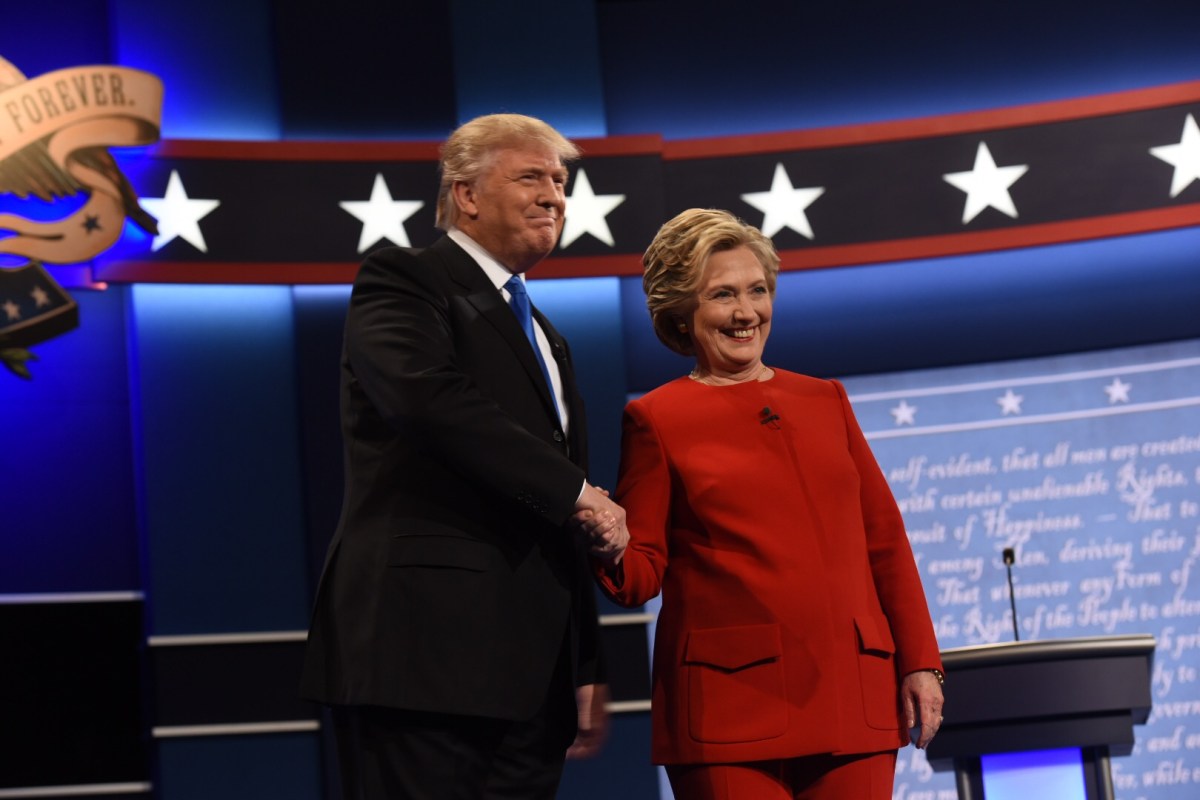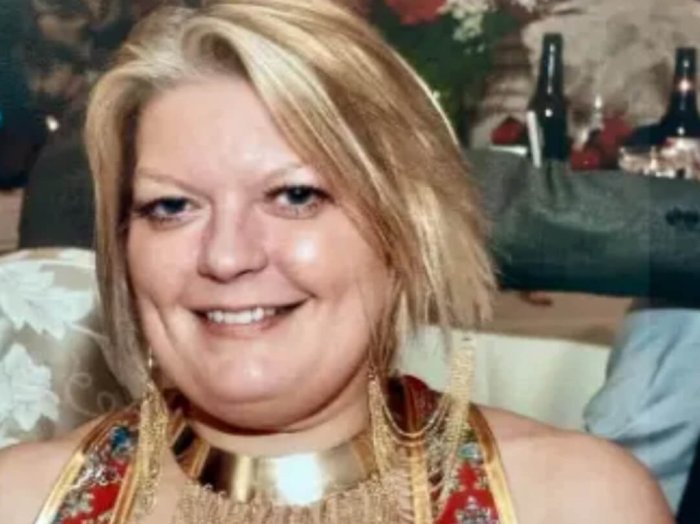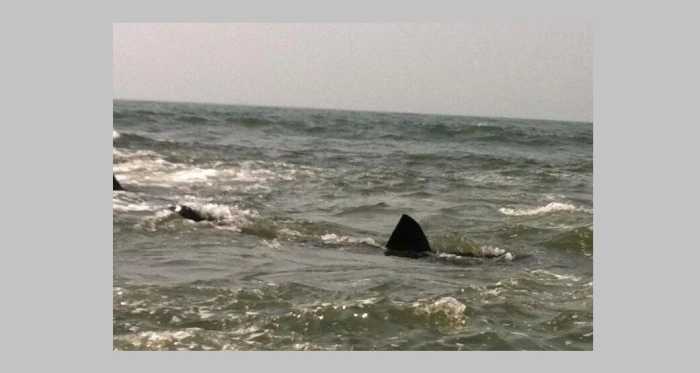When the national press descended on Hofstra University’s campus in Hempstead nearly one month ago for the first presidential debate, the central question was how Donald Trump, a political novice, would fare against an experienced debater like Hillary Clinton.
When Trump competed against a crowded field in the GOP primaries, he proved adept at swatting away attacks and needling his opponents. His provocations would rattle even his more confident foes.
Perhaps the most maligned victim of Trump’s taunts was U.S. Sen. Marco Rubio (R-Fla.), who the businessman ridiculed for his diminutive height. Apparently flustered, the senator acquiesced to Trump’s dig, meekly replying, “Okay, Big Donald.” The retort was as bizarre as it was uninspiring. It essentially summed up the pitfalls Republicans faced when balancing a more offensive approach against taking the high road, while not coming across as weak amidst provocations from an unconventional candidate riding a wave of populous upheaval simmering for years since the election of Barack Obama.
So how would Trump respond when forced to go toe-to-toe with only one challenger for a full 90 minutes? Would he stay on the attack, and if so, how would the more-reserved Clinton react to his rebukes? At the time, the stakes were especially high. Both candidates arrived at Hofstra in a virtual dead heat, according to various polls released days before their first bout. Indeed, one poll even had Trump ahead by two points in a four-way race that included third-party candidates Jill Stein (G) and Gary Johnson (L).
A lot has changed since the most-watched debate in history. The former U.S. senator from New York and U.S. Secretary of State has built a seemingly commanding lead. Remarkably, she has made historically “red” states like Arizona and Utah competitive. Even Trump’s lead in the GOP stalwart state of Texas, which Republican Mitt Romney won by nearly 16 points in 2012, has been shaved to only six points. The New York Times forecast gives Clinton a 93 percent shot of winning the election. On the day of the first debate, Clinton’s chances of winning were at 70 percent. Similarly, FiveThirtyEight’s election forecast gives Clinton an 86 percent chance of becoming the next president.
Popular vote tracker:
Before 1° debate: Clinton +1.5
Before 2° debate: Clinton +5.6
Before 3° debate: Clinton +7.1https://t.co/WLXtJovjYd— Nate Silver (@NateSilver538) October 19, 2016
How did Clinton take control of the 2016 election? With the most dominating 3-debate performance we have on record: https://t.co/HmIwg2Lpgl pic.twitter.com/Ayaxz9jx7h
— 538 politics (@538politics) October 20, 2016
If you’re in the Clinton camp, her widening lead in national polls and several surveys of hotly contested swing states is directly related to her impressive string of debate performances, starting with the Hofstra debate, and Trump’s subsequent flubs as a candidate—which they’d argue portends what a Trump presidency would look like.
Trump himself does not attribute his now tenuous position as a presidential candidate to any perceived debate miscues, but a corrupt and rigged system—of which the media is included—that has been hijacked in Clinton’s favor. Actually, Trump, even while calling into question America’s decentralized election system, cites unscientific online polls that indicate he won the debates, thus still very much in the race. Trump was buttressed this week by undercover video released by a conservative group in which Democratic operatives discuss instigating violence at Trump’s famously boisterous rallies. It’s not clear whether the operatives actually incited Trump supporters at any of his events.
The most noteworthy controversy that came up in the Hofstra debate was Trump’s refusal for years—even after Obama produced his birth certificate—to acknowledge the president’s citizenship. During the debate Clinton displayed an ability get under Trump’s skin, fact-checking him on his support for the Iraq War, which prompted a long-winded and at times incoherent rant about a private conversation he had with Fox News host and supporter Sean Hannity.
Since the Hofstra debate, more than a dozen women have publicly accused Trump of sexual assault, which the Department of Justice defines as “any type of sexual contact or behavior that occurs without the explicit consent of the recipient.” Trump was also beset by the release of a video in which he boasted that his celebrity allowed him to inappropriately touch women—“Grab them by the pussy,” he boasted on the tape—without repercussions.
Trump has since been dogged by the lewd remarks and allegations from women about inappropriate behavior. Despite her lead, Clinton has had to answer for the infamous Goldman Sachs speeches that appeared on WikiLeaks.com, as well as hundreds of emails associated with her campaign, and even dating back to her time as Secretary of State. Republicans have accused the State Department and the FBI of engaging in a quid-pro-quo over the classification status of some of her emails. Both the FBI and State Department have said nothing nefarious occurred.
Still, Clinton said in one private speech, among a slew of appearances she was paid handsomely for, that politicians require “both a public and private position” on hot-button issues, a position that would do little to quell concerns by a majority of Americans that find her untrustworthy. In one speech, Clinton advocated for having “open trade and open borders,” which in the third and final debate she claimed was in the context of energy policies.
Clinton rebuffed calls during the Democratic primary to release the transcripts of the speeches. Her then-rival, U.S. Sen. Bernie Sanders (D-Vt.), had chided Clinton for her coziness with Wall Street, which he and his supporters blame for the tremendous wealth gap in America.
In any other election, last-minute salacious revelations would likely tip the scale of the race. But there’s been no campaign quite like the 2016 race for the White House. The Republican nominee has been accused of being a demagogue, racist and misogynist, and the standard bearer of the Democratic party, a liar who should be jailed for her perceived inappropriate handling of classified material on her private email server while Secretary of State.
So, it’s apparent anything can happen. But with about 40-percent of the electorate estimated to vote before Election Day, and Trump’s campaign listing as it careens toward the finish line, Clinton may have built a large enough lead to stave off a dramatic comeback by Trump.
Remember where this race was four weeks ago: Trump gaining ground after a strong Democratic convention boost for Clinton. But since then, the trajectory of the race has taken a drastic turn. And it all started when the two candidates stepped off the debate stage at Hofstra University.
(Featured photo: First presidential debate at Hofstra University in Hempstead. Credit: Barbara Kinney for Hillary Clinton campaign)



































